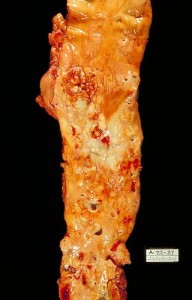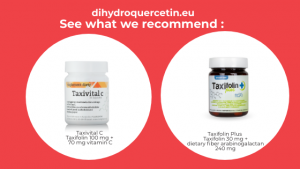Complications of diabetes are most commonly associated with damaged blood vessels, atherosclerosis, coronary artery disease, damage to the retina of the eye and kidney disease. The disease can last for years before being detected, which is very dangerous, as even a small increase in blood sugar levels can damage the blood vessels and accelerate atherosclerotic processes. Therefore, diabetes should not be underestimated, even if this is the initial stage of development of this disease, because it contributes to the development of atherosclerosis, and this is the most common cause of death. High blood sugar levels helps the formation of atherosclerotic plaques, gradually tapered diameter of the coronary arteries.

A change in the metabolism of the heart cells causes an increased need for nutrients with limited blood supply. This is the cause of myocardial ischemia, which can lead to heart attack, heart failure and sudden death of a heart. The risk of heart attack in hospitalised patients with diabetes is very large. Diabetics must therefore pay particular attention to the control of the General State of health and rapid response in the event of distressing symptoms.
Continue reading Does diabetes lead to damage of the blood vessels?

